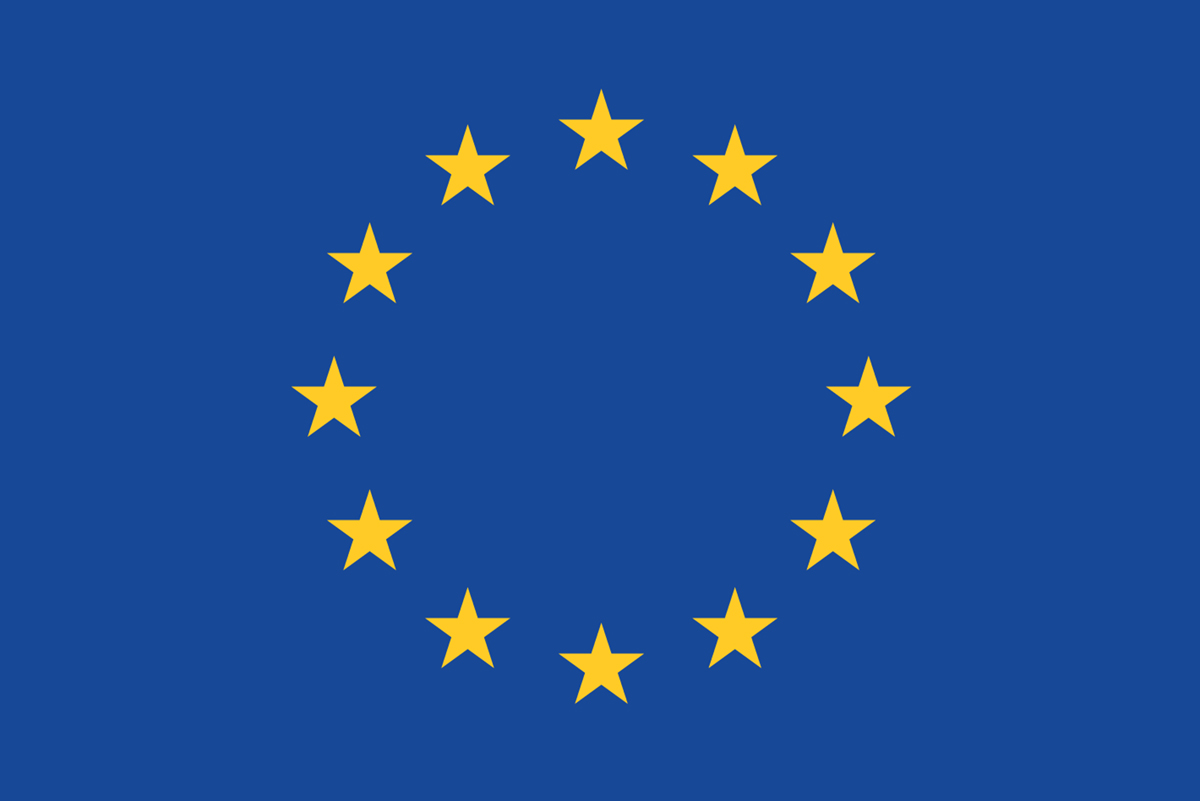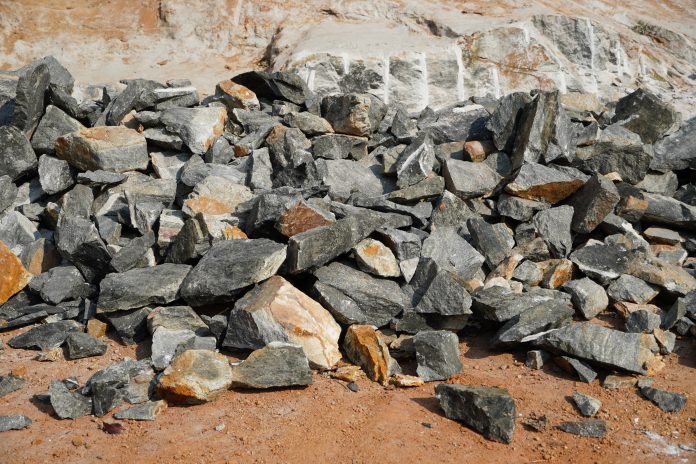Here, Prof Dr Horst Hejny discusses the work of the SLIM project in creating low impact mining solutions and tackling exploitation
Much like in other industries such as manufacturing, technology can help the mining sector, to run more efficient business, to find better ways for doing things, and to increase productivity. However, the traditional approach of getting off the sought solutions may not apply for many mining cases. So the SLIM approach is to inject state of the art techniques into the mining operation by developing tools to control the excavation face, finetune the processing plant and reduce environmental effects in order to improve feasibility, profitability and social licence for difficult mines.
The European research and development project SLIM (full title: “Sustainable Low Impact Mining solution for exploitation of small mineral deposits based on advanced rock blasting and environmental technologies”) develops cost-effective and sustainable selective low impact mining solutions. They target to improve the exploitation of small mineral deposits (including those with chemically complex ore-forming phases). The solutions will be based on non-linear rock mass fragmentation by blasting models, damage extension in the remaining rock mass, airborne particulate matter, vibration affections and nitrate leaching mitigation actions. This will be achieved through a new generation of explosives, off-the-shelf monitoring tools, and an advanced automatic blast design software, which is based on improved rock mass characterisation and fragmentation models to achieve optimum fragmentation as well as minimum rock damage and far-field vibrations. Complimentary to the purely technical aspects of SLIM, the environmental, social and economic dimensions of the project, comprising topics of worker safety, environmental impact and all planned exploitation and business model-related activities are addressed.
Rock/explosive interaction
SLIM uses current available technologies as cost-effective solutions to be implemented inexpensively by SME operations. Different tools like in-house MWD (mining while drilling) systems, photogrammetry, LiDAR and optical televiewer have been applied to assess pre and post blast rock characteristics and guide production planning towards a more efficient performance of the processing plant. SLIM performed a set of field and laboratory tests to evaluate the performance of common civil explosives with special emphasis on non-ideal detonation regime. Different techniques based on in-situ and lab sieving, terrestrial LiDAR, and aerial photogrammetry from unmanned Aerial Vehicles Systems (UAV) are proposed to monitor fragmentation by blasting.
SLIM have used rock and explosive properties to model the rock-explosive interaction towards an increased modelling and predictive capabilities of the fragmentation process and rock motion produced by blasting. This guarantees a better use of the explosives and a more efficient blast design based on rock mass characterisation and numerical and analytical models for rock fragmentation.
Rock mass characterisation software
SLIM develops a software for measuring muck pile properties based on aerial imagery including a new machine learning algorithm and a software for automatic blast design. It includes the automatic characterisation of imaged rock and automatic placement of boreholes including loading for optimised blasts. UAV flights have been performed at different muck pile configurations. It shows high potential to overcome existing shortcomings for automatic fragmentation analyses. The blast design software includes an automatic assignment of blast volume to each. Next steps are the automatic loading and the synthesis into a single automatic blast design software.
We have a software that automatically aligns the boreholes according to the geometric situation of the bench face and a new software that characterises the muck pile. Both are important things to improve the surface blasting work. These new software components allow to optimise surface blasts and thus reduce environmental impacts. We reduce explosives consumption and get more data from the rock that is blasted and used afterwards.
New explosive application technologies for small mineral deposits
SLIM develops and characterises explosives and its use in blast design. It develops techniques to reduce ammonium nitrate leaching in blasting. A new bulk explosive, delivery system and ways to use explosives were developed, which in combination makes blasting safer, more efficient and sustainable and controls nitrate leaching. Accurate blast results will refine future blasts. Field tests showed that it can be used like other explosives used today. A quarry can increase production of aggregates by 46%, reduce dust pollution, control ground vibrations and eliminate rock incidents without any additional capital investment or significant operating costs. This new explosive formulation can help mines to work with minimum environmental impact by controlling the nitrate leaching contamination but at the same time deliver the right energy for rock fragmentation to achieve a positive impact in downstream operations.
Upstream system validation and plant operation monitoring
SLIM will assess whether the tools and solutions developed during the project will result in an overall operational benefit in terms of an improved plant throughput, increased product grade and reduced energy consumption. For this purpose, a set of KPIs (“Key Performance Indicators”) are defined to describe blast characteristics as well as loading and hauling efficiency, plant performance and their interactions. The related tests were carried out in the participating mines. It has been found out that the KPIs are consistent in the plant and in implementing validation blasts.
Environmental impact and safety
SLIM provides raw material extracting industries using explosives with modern techniques. This decreases the environmental footprint of blasting work, maintaining safety and productivity, while at the same time also mitigating societal disturbances due to the reduction of negative side-effects (e.g. vibrations, noise). The work includes advanced vibration prediction methods, dust emission control and the application of lining while charging for reducing nitrogen leakage. Vibrations can be minimised by optimising the blasting sequence based on geophysical models of the mine; sources for dust emission have been identified at drilling, blasting and mucking and suitable mitigation methods were developed; a prototype for lining of blastholes while charging was developed.
Economic and environmental assessment
SLIM will assess the new technologies through an environmental life-cycle analysis (LCA) and a socio-economic cost-benefits analysis (CBA). We will introduce a structured innovation management process, identify business opportunities and associated relevant business models and develop exploitation and funding strategies. All measures to collect the necessary information for performing the LCA and the CBA are prepared. A deeper characterisation of the SLIM innovations will be done towards the end of the project. Basing on all collected information the economic and environmental assessment and the business strategy will be made.
Dissemination and communication: Public awareness, acceptance, trust and communication
The aim is to facilitate the communication, properly disseminate the project achievements and raise awareness about sustainable responsible mining, due diligence and ethical exploitation among the mining sector and the local communities near mining sites. To facilitate, SLIM produced suitable project identity means and established stakeholder interaction. Further, we established a press bureau, where media inquiries are channelled.
To obtain the so-called “Social Licence to Operate”, local communities and the society in general must be included in the development process. SLIM will organise related workshops on local and European level. Reliable, objective and easy-to-understand information will be provided. Further, these activities are to raise awareness about responsible mining and good practices on communication and stakeholder relationships. It led to the elaboration of guidelines on social awareness enforced through field work in 6 selected scenarios.
 The project has received funding from the European Union’s Horizon 2020 research and innovation programme under grant agreement no 730924.
The project has received funding from the European Union’s Horizon 2020 research and innovation programme under grant agreement no 730924.
*Please note: This is a commercial profile











